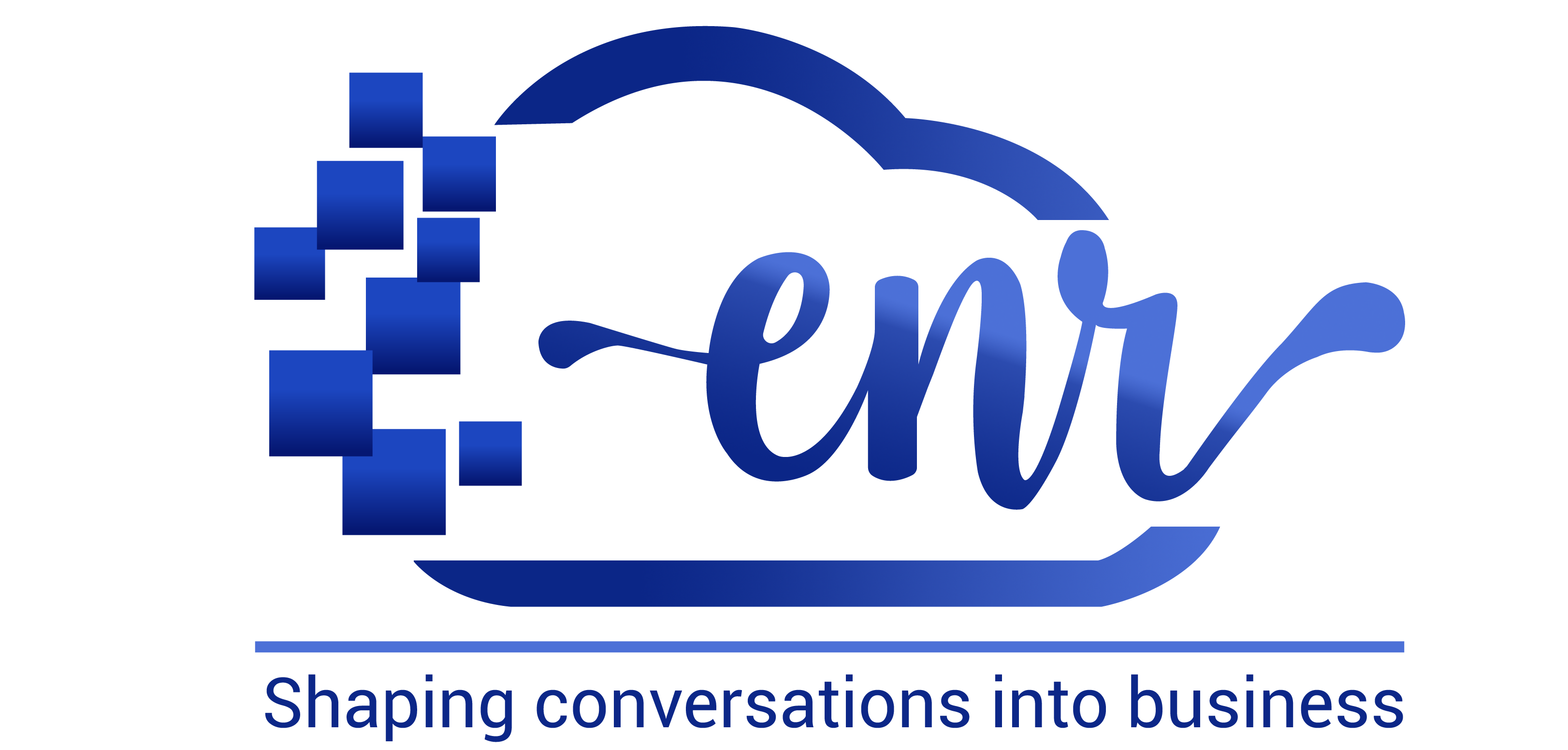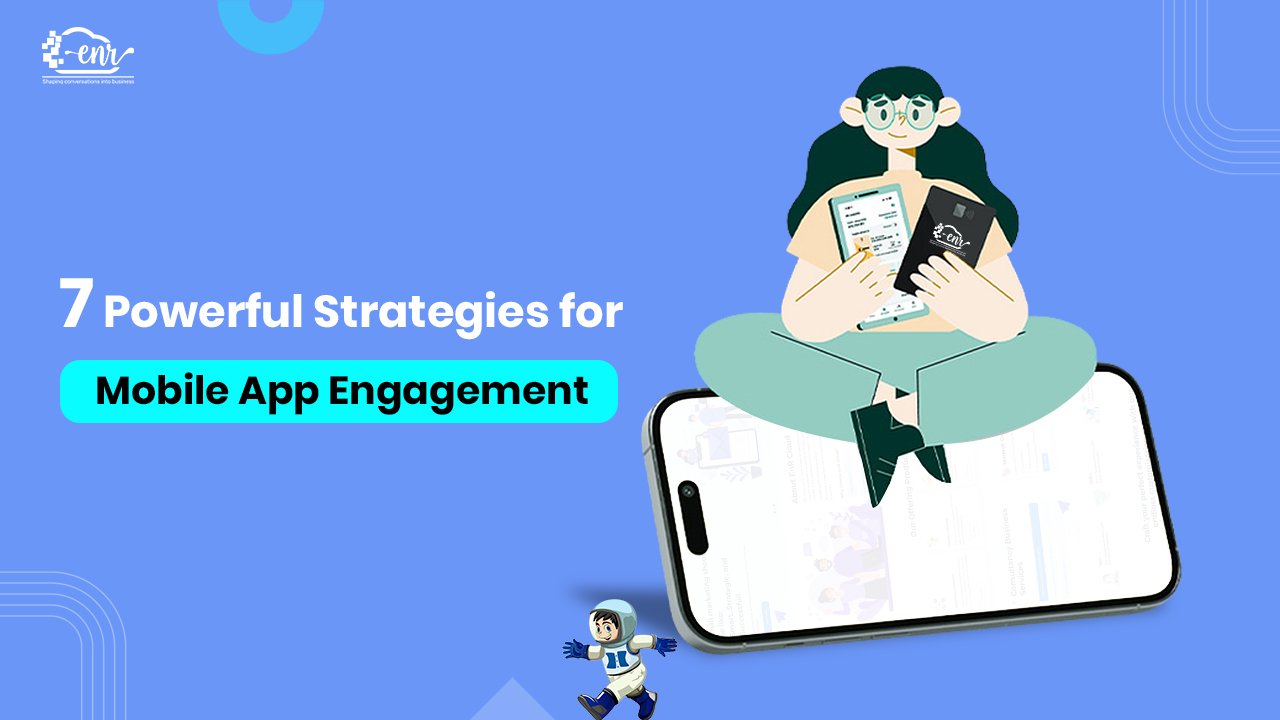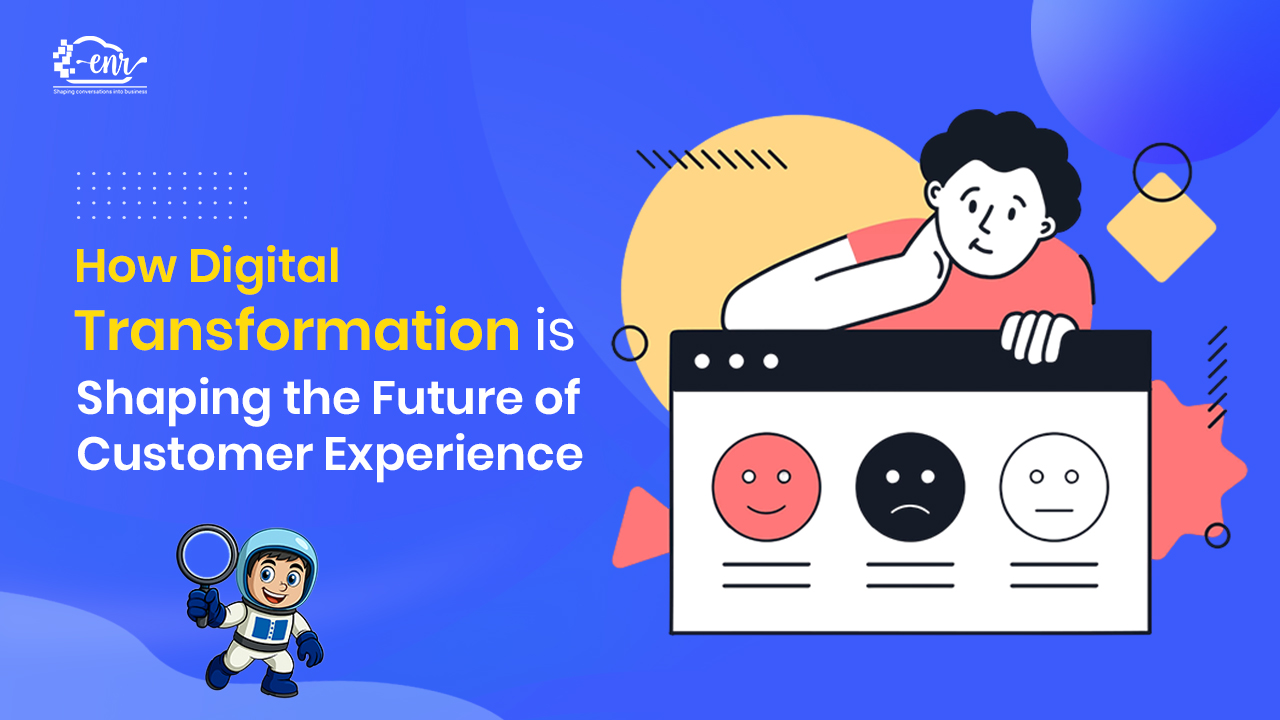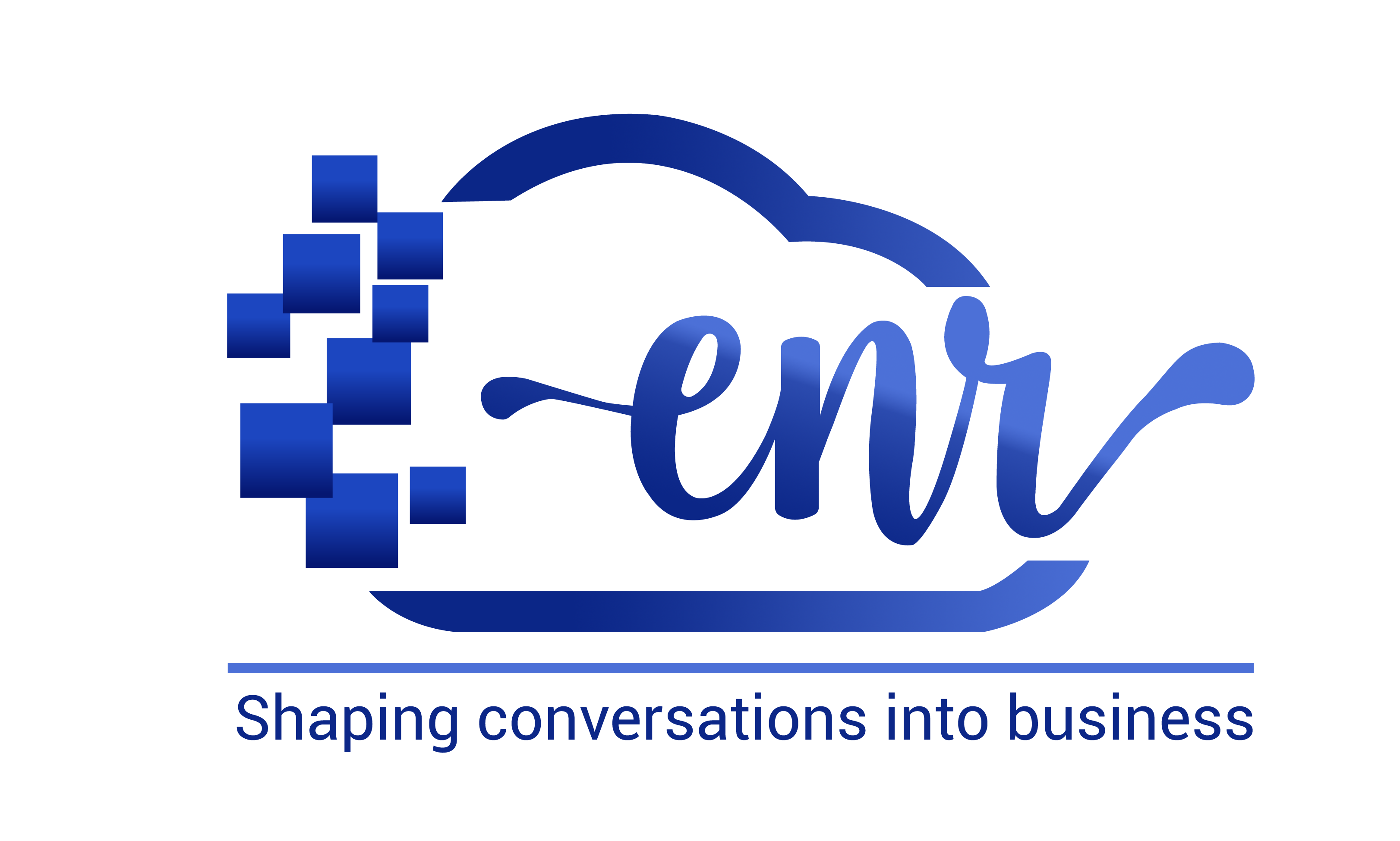Take a second and look at your surroundings. I am sure you’ll notice that everyone else has their eyes glued to a mobile device.
According to studies, people check their phones an average of 262 times per day! That’s once every 5.5 minutes.
We take our phones everywhere and use them at work, at home, on the street, when eating, in bed, while walking or in the car.
The chances of you reading this from a mobile device right now are very high.
But what exactly is everyone doing on their phones? Well, people spend almost 88% of their mobile time on apps.
Studies say that the average person installs almost 80 apps, but they only use 30 apps per month.
This means! People are downloading the apps but are not using them. In fact, 25% of apps are used only once after the download.
So how do you stand out in the crowded space?
Shift your focus to user engagement. After all, the most engaged ones are the loyal ones.
Understanding how can you enhance your app’s user engagement becomes crucial. Let’s explore 7 effective strategies to keep users coming back for more!
Table of Contents
ToggleWhat is Mobile App Engagement?
Mobile app engagement can be defined as interaction and involvement users have with your app. A high engagement level indicates that users find value in your app, which further leads to increased user retention, and satisfaction and ultimately leads to better revenue opportunities.
7 strategies to increase mobile app engagement
Mobile app engagement strategies will arm you with practical knowledge that you can implement right away to promote a strong relationship with your users and see to it that your app remains a popular choice for mobile users everywhere.
1. Onboarding Flow
The first mobile app engagement strategy is onboarding flow.
The first impression matters. If your app does not have a smooth registration process or users can not navigate the app easily users are likely to get bounced from the app.
You have to keep checking whether you are following the key practices for efficient registration like using auto-fills, clear calls to action, and allowing users to log in via platforms like Google, which can reduce the barriers and improve the sign-up rates. Make sure your registration process has less friction and is straightforward and quick.
43% of users simply abandon an onboarding process due to the friction related to proving their identity and/ or verifying their phone number, and that’s before they even start using the service.
If your app has a long registration process or, complicated sign-up use effective tutorials at the beginning to ease users into the app using tooltips like small pop-ups and guides or quick quizzes or prompts to check if users comprehend how to use your app.
Most importantly it always boils down to how you can clearly communicate your value proposition. To have a better mobile app engagement it is important to highlight the key app benefits from the start so it can set the right expectation and pique interest.

Mobile App Engagement: Onboarding Flow
2. Understand your Audience
Another mobile app engagement strategy is understanding your audience.
As marketers assuming your entire customer base is the same can be one of the biggest mistakes you can make.
Understanding your audience starts with conducting thorough research to get to know the likes and preferences of your audience. Surveys, focus groups and behaviour analysis can be used to gather direct feedback from users and understand the pain points of your audience, it also highlights the features of the app that resonate with your audience.
Additionally, it is necessary to create user personas, which will guide you in designing your app better and making a marketing decision that fits user needs. You can start by analysing user demographics, goals, motivations and challenges. Based on these persons you can make changes to your app to ensure relevant user experience.
Furthermore, one of the important aspects of this mobile app engagement is to look into while understanding user your audience is to stay updated with the latest market trends, this can significantly give a competitive edge. Use social media platforms and industry reports to learn about what your potential users are discussing and interested in.
This mobile app engagement strategy suggests: staying flexible and incorporating new changes.
3. Use Push Notifications Wisely
One of the mobile app engagement strategies is the effective usage of push notifications.
Make your notification count.
Think how easy and pleasant it will be for a user to receive a reminder just as they are ready to forget they were doing something on the app. The best time to send the message to users is when they are most active, to increase visibility.
But don’t overwhelm your users or post during inconvenient hours. Push notifications can be annoying. As per the research, 71% of users uninstall their app due to annoying push notifications popping up too frequently forcing users to uninstall the app.
Avoid bombarding users with messages: less can be more. If done rightly push notifications can be considered a powerful mobile app engagement strategy.
Push notifications are a valuable mobile-first communication channel that enables you to share small pop-up messages, share updates, send reminders or maintain top-of-mind awareness with users.
Segmenting based on demographics, usage patterns or interest can help you personalise your notification, it can lead to higher engagement and conversion rates.
Brands like Zepto, Zomato, and Blinkit have utilized the notification so smoothly that the audience does not actually like it but they share it with others.

4. Incentive for User Engagement
Another similar strategy for mobile app engagement is incentives and rewards for users’ engagement on the app.
Motivation can significantly boost user engagement, so it is important to craft rewards like a points system, discounts or exclusive content to motivate users. Rewards programs such as loyalty programs encourage repeat use of the app.
Further, it is also important to make your user feel special. Unique offerings keep users coming back to your brand and strengthen brand loyalty. Think how behind-the-scenes look, early access to new features or exclusive events all this strategy will enhance user loyalty.
Additionally, creating urgency can spur actions. Limited-period deals and exclusive deals offer excitement and encourage quick decisions.
Examples: Brands like Cred utilize these features perfectly
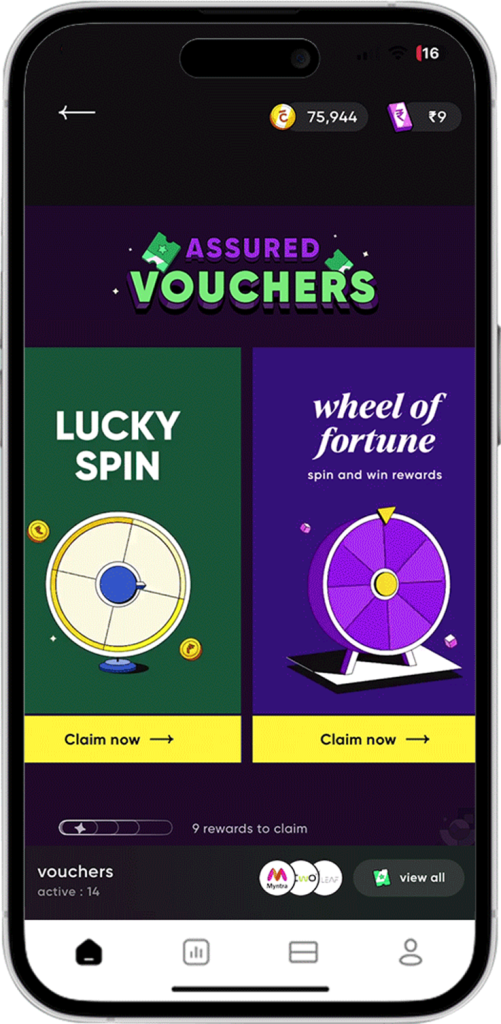
5. Personalization
Another strategy of mobile app engagement is personalisation
The most annoying thing for an audience is continuously receiving notifications that are not even relevant to them.
Introducing personalisation can be a game-changer as it can lead to higher engagement and conversion rates.
By understanding the preferences and behaviour, targeted messages can be sent including notifications like reminding users of an abandoned cart, new feature suggestions or products based on previous usage.
Examples
Imagine a consumer was looking for a dress on your app and you want to send them a reminder to come back. You tell me which notification copy will make you attract the most.

6. In-App Messages
An equally important mobile app engagement is In-app message
In-app messages can be an effective way to grab attention and can be used to guide the user if they are stuck somewhere.
In-app messages include using in-line content or nudges to engage with the audience.
In-app messages can also be used to announce the new feature launch, highlight features or create awareness of the current discount.
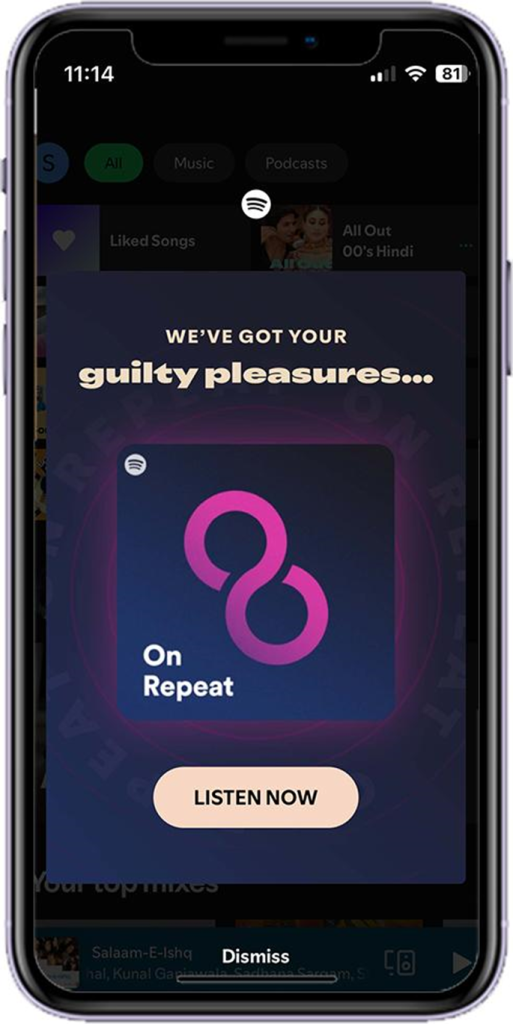
7. Analyse and Iterate
Lastly one of the crucial strategies of mobile app engagement is Analysis and Iteration
Analytics is your friend. Data provides insights about your users at the granular level. Regularly analysing user data allows you to make informed decisions about app improvement.
The key metrics that you can track for user engagement are session length, retention rates and user feedback.
Additionally, incorporating user feedback into your app’s evolution is also necessary. Create an easy path for users through feedback mechanisms, like in-app surveys or feedback forms. Mobile app engagement strategy suggests tracking changes is the most crucial part, and you should assess how updates based on user feedback affect app usage.
Visit to get best Email Consultancy and Growth Services
Conclusion:
Mobile app engagement suggests that successfully engaging users through your mobile app takes a blend of research, thoughtful design, community building, and adept use of analytics.
By implementing these 7 strategies, you can enhance user satisfaction and build loyalty that leads to higher retention.
Start small, test what works best for your audience, and continuously iterate on your efforts.
Your customer will genuinely appreciate the effort!
Ready to start implementing these mobile app engagement strategies?
Read Also: Explore Mobile & App Enabled Marketing in 2024 with leading use cases
Written By – Alisha Limichana
Alisha Limichana is a seasoned growth marketer and part of the MCG team at EnR Cloud, specializing in driving business growth through innovative strategies. She has a proven track record of delivering impactful marketing campaigns. Outside of work, Alisha enjoys exploring the mountains, travelling, and staying active and fit.
